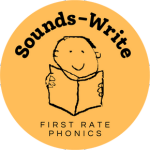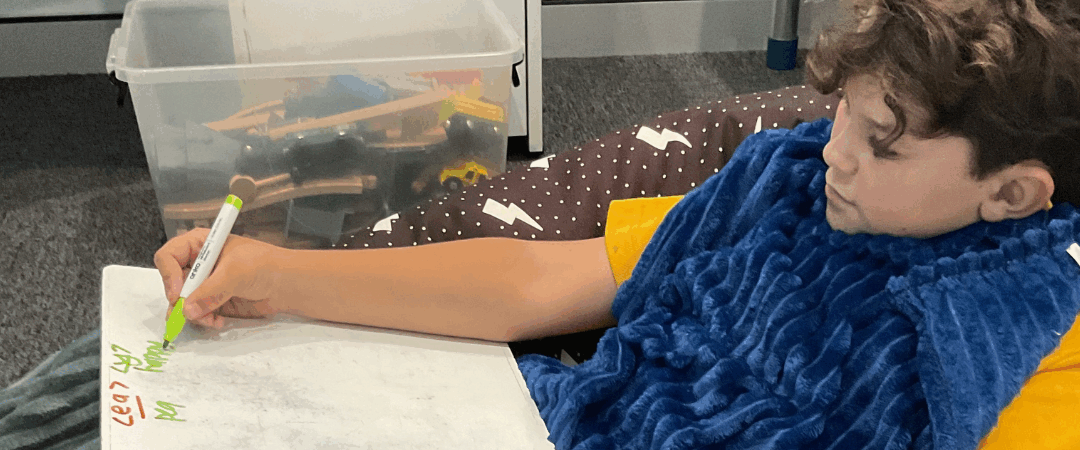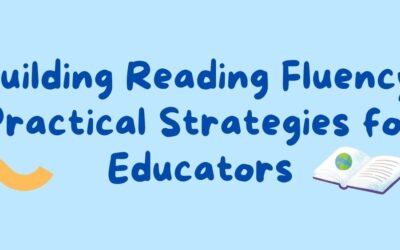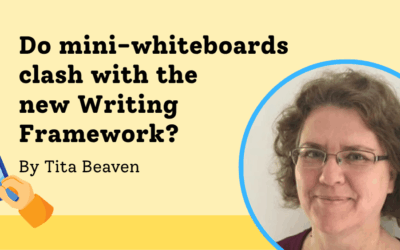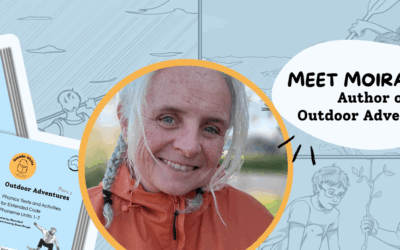I’ve been a Speech Pathologist for 16 years and opened my private practice about 8 years ago. I have always had a passion for teaching children to read and this comes from my mother, who did the Hornsby Course to teach dyslexic children in the 90s. She went on to run her own school, providing specialist support to dyslexic (diagnosed or at risk) children in our community in Zimbabwe. On opening my private practice, I took the opportunity to learn more about the Science of Reading, which is how I came across Sounds-Write, and I’ve used it daily in my work since.
I chose Sounds-Write for a number of reasons: it came highly recommended by other Speech Pathologists and there was a good evidence base behind it. Also the program supports children in all three tiers of education, which was important as I needed something that sat well with intervention but that could also work in small groups or for the child to potentially go back into the whole class.
How did you find the Sounds-Write training?
Fabulous! One of the best professional development courses I’ve ever done. We were not taught the Science of Reading at university, so I loved that, before getting into the actual Sounds-Write program, the training delved into the theory, because that was fundamental. Our trainer also provided us with additional support for one-to-one intervention, which is critical for my ongoing use of the program. Since the initial training, I have also done the Years 3-6 training, which I did online during COVID. I have also used this training to great effect in my work.
The support from the Sounds-Write team and the other trainers in the Facebook Group has been extraordinary and it was incredibly useful to get their quick and informative responses to questions, especially in the early days.

We were not taught the Science of Reading at university, so I loved that, before getting into the actual Sounds-Write program, the training delved into the theory, because that was fundamental.
Di Van der Walt, Speech Pathologist
Tell us about your clients and how you use Sounds-Write with them.
I use Sounds-Write on a one-to-one basis with children at whatever stage they are at when they start with me. Their parents are involved in the process, and I teach the parents how to continue with home practice between sessions. Our clients range from about age 6 to 13, although I have continued to use Sounds-Write with some high school students in the past as well.
The linguistic nature of Sounds-Write works well with our ethos of ‘talk first – do later’. I have found that the combination of speech, gestures and print supports my clients, who are usually starting with Sounds-Write after a number of years struggling in a mainstream classroom, so providing them with a structure that is based on achieving success at the first step is vital to their journey to ongoing success.
We frequently have children who have a range of diagnoses, not just Speech Language Disorder or ‘instructional casualties’. We work on our clients’ regulation, their focus and attention, and their enjoyment before we can work on the Sounds-Write lessons. At times, we need to take it really slowly: a single lesson in a one-hour session or just two words at a time. Sometimes less is more. If we push trying to do too much, we create a negative impression and that takes longer to undo.
We also look at alternative ways of achieving our goals – sometimes that means moving around the room whilst word building, relaxing in a bean bag while doing sound swap, or standing and throwing a beanbag onto a word after it’s been read. These strategies keep the fun in the game, which is key to keeping the children engaged for the long haul. Also, changing these things from time to time has been important – often our clients are with us for years, if we keep doing the same thing, we will all get bored!
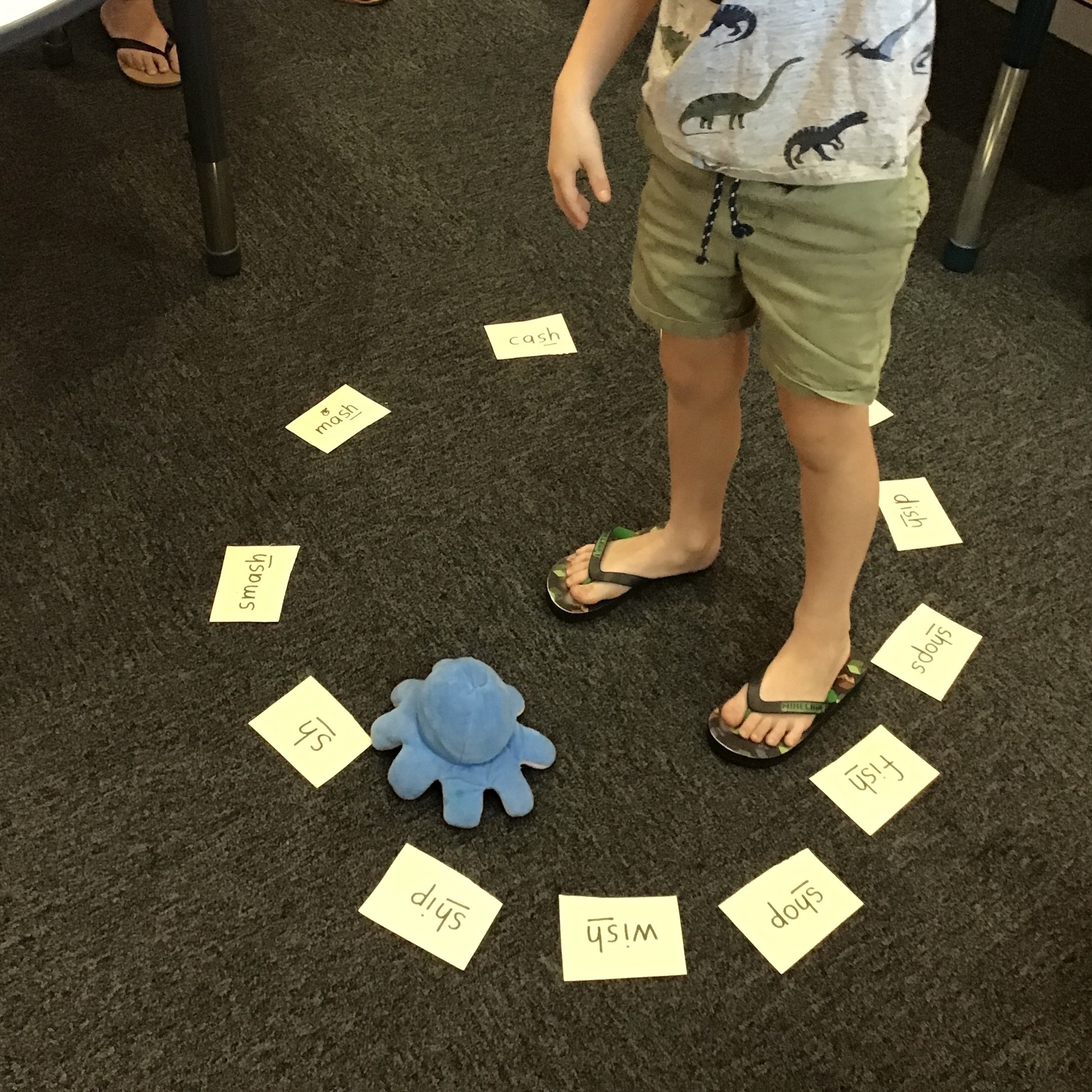
Tell us how you measure your clients’ progress with Sounds-Write.
Every client is different, but usually I find that traction is quite slow to begin with and then, all of a sudden, they ‘get it’ and we get a huge amount of progress quickly. The clients love being able to read books that are at their level.
Initially, we use the Sounds-Write Diagnostic tests to evaluate segmenting, blending and phoneme manipulation skills. Once a child has progressed to the Extended Code, we were using Stephanie Hatton’s spelling inventory and Fremantle Speech Pathology’s spelling list, and now we’re starting to use the new Sounds-Write Progress Checks.

Most of my clients have worked through the program and achieved a functional level of reading and spelling ability before they exit my service. Some have gone on to achieve high levels of success with those good foundation skills.
For example, this particular client was assessed just before he turned six. He scored 1/5 in blending and 9/24 in segmenting and we didn’t attempt the phoneme manipulation test. At the start, he was only able to build 2-3 words and read another 3-4 words in a one-hour session. He was unable to read the decodable readers, and we had to start with reading one sentence per week.
This client required lots of ‘out-of-the-box’ thinking: movement breaks, alternative seating and massive adjustments to the expectations of what he was going to achieve. With all this in place, and following the Sounds-Write scripts, he has come such a long way.
Two years later, segmenting, blending and phoneme manipulation are easy skills for him. He knows all basic consonants and vowels and is currently working on Unit 20 of the Extended Code. He is reading words in his environment and reads a full-length decodable reader in a few minutes. He is well on his way to reading and spelling success.
You may also like
Building Reading Fluency: Practical Strategies for Educators
Fluency is often described as the bridge between learning to decode and reading with true comprehension. But what does fluency really involve and how can teachers best support it in the classroom? In our recent Sounds-Write webinar, Reaching Fluency, Practical...
Do mini-whiteboards clash with the new Writing Framework?
Recently, a teacher asked us this question: “The new statutory framework for writing says children should not be taught writing on a whiteboard or on the carpet, but should be sitting at a table. A number of Sounds-Write lessons involve children writing words and even...
Author Q&A: The Vision Behind The Outdoor Adventures Decodable Series
At Sounds-Write, we’re passionate about creating high-quality, age-appropriate resources that support structured literacy and empower every learner. In this Q&A, we speak with Moira Ruff, author of The Outdoor Adventures, part 1 & part 2, our newest series of...
Discover Sounds-Write
Book a free consultation to discuss your individual training needs.
